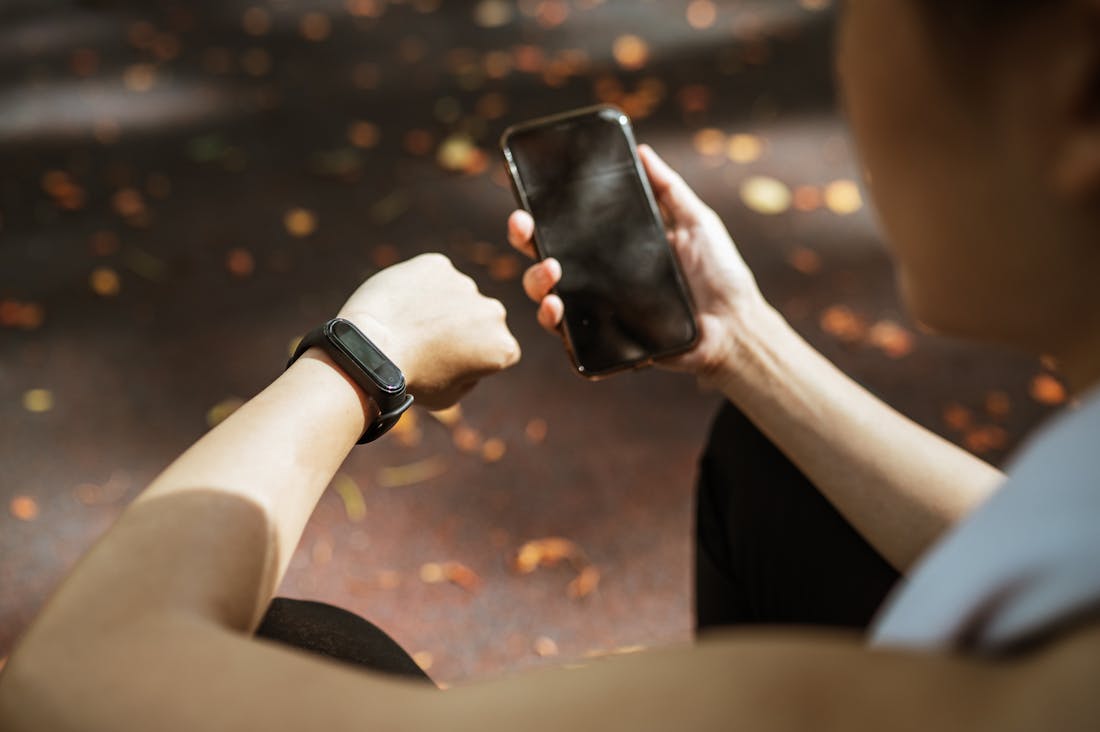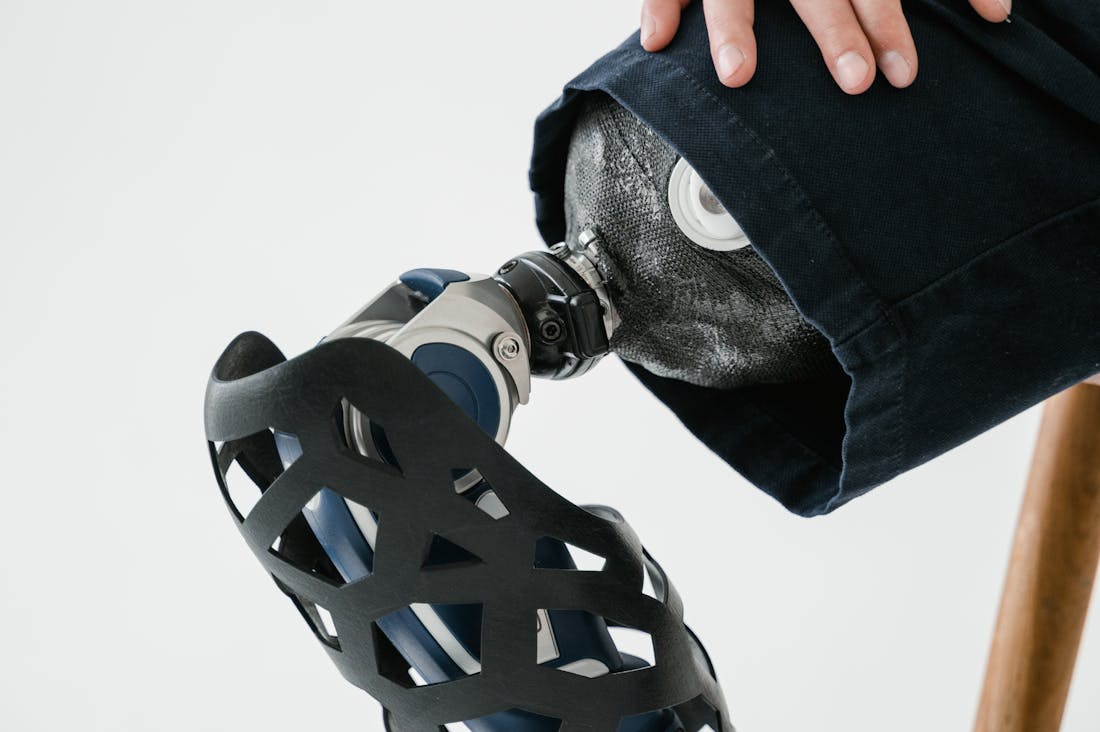In today’s fast-paced world, the fusion of health and technology has redefined personal wellness. Wearable devices, from fitness trackers to smartwatches, have emerged as powerful tools that empower individuals to take charge of their health. By providing real-time data on physical activity, sleep patterns, and vital signs, these innovative gadgets not only enhance awareness but also foster proactive approaches to health management. As we delve into the intersection of modern health and technology, we explore how these wearable devices are revolutionizing personal wellness, transforming the ways we monitor, assess, and improve our health and lifestyle.

The Rise of Wearable Technology in Health
The rise of wearable technology in health has revolutionized personal wellness and medical care. Smartwatches, fitness trackers, and health-monitoring devices have increasingly become part of everyday life, empowering individuals to take charge of their health. These devices can track vital signs such as heart rate, sleep patterns, and physical activity levels, providing valuable insights that were once only accessible through clinical visits. The integration of artificial intelligence and data analytics has further enhanced their functionality, allowing for personalized health recommendations and early detection of potential health issues. As telemedicine and remote patient monitoring grow, wearable technology is poised to play a critical role in preventive care, chronic disease management, and the overall improvement of health outcomes across populations. This trend not only fosters greater health awareness but also promotes a proactive approach to personal well-being, making healthcare more accessible and efficient.

Key Benefits of Using Wearables for Wellness
Wearable technology has revolutionized the way individuals approach wellness, offering a plethora of key benefits that enhance physical and mental health. One significant advantage is real-time health monitoring, as wearables track vital statistics such as heart rate, sleep patterns, and physical activity levels. This data empowers users to make informed decisions about their lifestyle choices, promoting healthier habits and fostering accountability. Additionally, many wearables feature built-in reminders and alerts that encourage users to move or engage in mindfulness practices, reducing the risk of sedentary behavior and stress. The social connectivity provided by these devices also facilitates community support, motivating users through challenges and group activities, ultimately leading to improved overall well-being. Furthermore, the integration of gamification in fitness tracking can make wellness routines more enjoyable, turning health goals into engaging challenges. Overall, wearables not only assist in monitoring physical health but also cultivate a holistic approach to wellness, making them invaluable tools in today’s health-focused world.

Future Trends in Health Technology
The future of health technology is poised for transformative advancements that promise to reshape patient care and outcomes. Artificial intelligence (AI) will increasingly be integrated into diagnostics and treatment planning, providing personalized medicine tailored to individual genetic profiles. Telehealth services will continue to expand, facilitating remote consultations and efficient management of chronic diseases, thus improving access to care, especially in underserved areas. Wearable health devices will evolve, offering continuous monitoring of vital signs and real-time health analytics, empowering patients to take an active role in their health. Additionally, advancements in blockchain technology may enhance data security and interoperability, fostering seamless health data sharing among providers. Overall, these innovations will promote more efficient, accessible, and patient-centered care, paving the way for a healthier future.
AI-Assisted Content Disclaimer
This article was created with AI assistance and reviewed by a human for accuracy and clarity.